2025 Polestar 4 review – clever design makes Tesla Model Y and other SUVs look old fashioned
Everything new is new again. Decades after design guru Ian Callum revealed Jaguar’s I-Pace, the first EV ever from a proper car company, promising that it would usher in a new era of car design, more exciting than anything seen in 100 years, Polestar has taken his idea that an SUV could be low and sleek rather than tall and ungainly, and expanded on it.
The Polestar 4 is, just like the I-Pace, an SUV that’s designed to look like a coupe, with a much lower roofline taking advantage of a typical EV skateboard design, but it takes that idea a leap further by doing away with the rear window and replacing it with a camera that feeds a digital rear-vision mirror. This means that people will stare at you and point when they first see the Polestar flaw, sorry 4, but apparently some people really enjoy that.
Removing the glass allowed Polestar’s brave designers to push the rear beam of the 4 much further back, freeing up not only rear-seat space but headroom as well. Throw in power-reclining rear seats and a vast glass roof and you’ve got a truly spacious, almost limo-like experience for back-seat riders (let’s face it, stretch limousines are the only other cars you’ve likely sat in with the rear window completely blocked out).
READ MORE: Polestar 4 now on-sale as mid-sized electric SUV targets Tesla Model Y
READ MORE: Punchy pricing for 2024 Polestar 4 as EV brand refuses to engage in price war with Tesla
READ MORE: 2024 Polestar 2 RWD: why the cheaper entry level beats the dual motor AWD
READ MORE: Hurry up MG Cyberster and Tesla Roadster! New Polestar 6 electric drop-top a sell-out success
Polestar claims that “removing the rear windscreen is as high tech as it gets for a volume product”, which might be over-egging it a little bit, yet there’s no denying it makes for a head-turning exterior design that’s unlike anything else on the road.
I’m more wiling to allow them their claim that the Polestar 4 is “an SUV on the inside and a coupe on the outside”, particularly when you consider that this car rides on a 4.8m long wheelbase, which is longer than the Polestar 3, which is a proper SUV.
EV Central was begged to attend the launch of the new Polestar 4 in South Australia.
POLESTAR 4 PRICE AND EQUIPMENT
The thing that struck me most about the pricing of the Polestar 4 is that just $10,000 buys you twice as much car.I kid you not, if you are the kind of cautious but unwise person who bought an EV without ever driving one – in the same way that silly people these days buy chairs online without a care for whether they might be comfortable – and then found it terrifying and had to sell it (I actually know people this has happened to), then you’d be wise to go for the Single Motor Long Range Polestar 4, which offers 200kW and 343Nm and is about as intimidating as a pillow.
That entry-level car will set you back $78,500, which sounds like a lot until you’ve sat in one, because it really is a premium-feeling machine, particularly if you’re wise enough to sit in the back.
Remarkably, however, if you prefer your pillow to be filled with piranhas and you love fear, you can choose the Dual Motor Polestar 4, which comes with 400kW -literally double the power – and 686Nm, for $88,350 (okay, it’s even less than $10k more).
That range-topping mad machine is the fastest Polestar ever, and hits 100km/h in 3.8 seconds, which is a touch faster than a Porsche 911, although the Porsche has a top speed of 294km/h and no matter which Polestar 4 you choose you’ll run out of puff at 200km/h.
The Single Motor takes a whole 7.1 seconds to get to 100km/h, but as the Long Range in its name suggests, you’ll go further, a claimed 620km off a charge in fact, as opposed to the Dual Motor’s 590km (the fast one can disconnect its front motor, however, to extend your range, should you be doing something boring, like freeway driving). Both variants are fitted with a 100kWh battery and claim energy consumption of between 17.8kWh/100km and 21.7kWh/100km.
Standard inclusions include 20-inch alloy wheels, LED “twin blade” or “Thor Hammer” headlights, a 15.4-inch touchscreen and a 10.2-inch digital instrument cluster, a powered tailgate, dual-zone climate control, rain-sensing wipers, heated front seats, a 360-degree camera and a long list of safety technologies that feels very Volvo.
You can also choose optional packs including the Plus Pack for $8000, nappa leather, ethically sourced from the food waste industry, for $7000, the Pro Pack $2500 and the Performance Pack for $7000, which only comes with the already performance-focused Long Range Dual Motor.
The Polestar 4 can fast charge at up to 200kW on DC, or 22kW on an AC plug and the brand claims it will take 30 minutes to top up the battery from 10 to 80 per cent on a fast charger, while using a 22kW AC charger will take a claimed 5.5 hours from zero to 100 per cent.
The interior can be covered in many and varied eco-friendly textures, some of which feel nice and some of which glow at night, and it’s all very pretty. You can also set your mood lighting via the touch screen by choosing your favourite planet, or the sun. Mars is red, obviously, and I’m not sure what colour Uranus is, you’ll have to look for yourself.
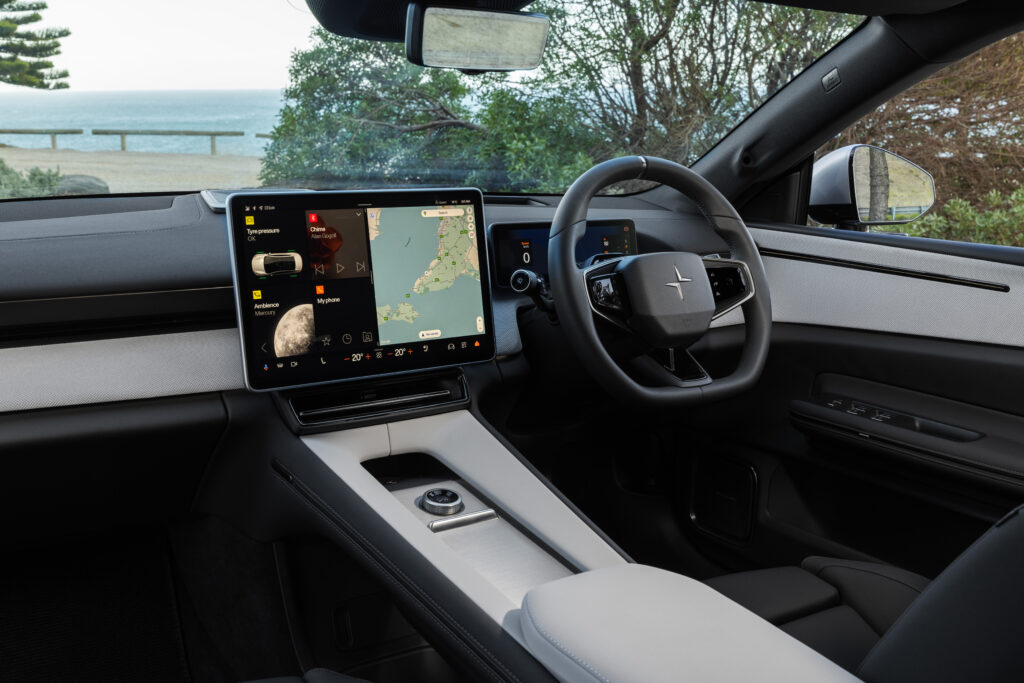
POLESTAR 4: WHAT WE THINK
The first issue you might have with driving the Polestar 4 is if you need to reverse out of a car space, because, as an old person, I tend to use my clever twisting neck to look over my shoulder and check where I’m going, and of course in this stylistically interesting car that is a challenge, because there’s no rear windscreen.
This means trusting the screens, which I’m not good at, although I’m assured you do get used to the digital camera feed via your rear-vision camera screen, eventually.
Once you’re out on the road and heading forwards, things feel far more familiar and you can start to appreciate that low-slung, coupe design because the Polestar 4 is far less top heavy than its traditionally SUV-shaped competitors, while still being arguably more comfortable inside.
We started the day in the Dual Motor Whoa Nelly model, which has very good ride quality, thanks to its specially tuned chassis and adaptive dampers, which allow you to adjust just how much comfort you’d like.
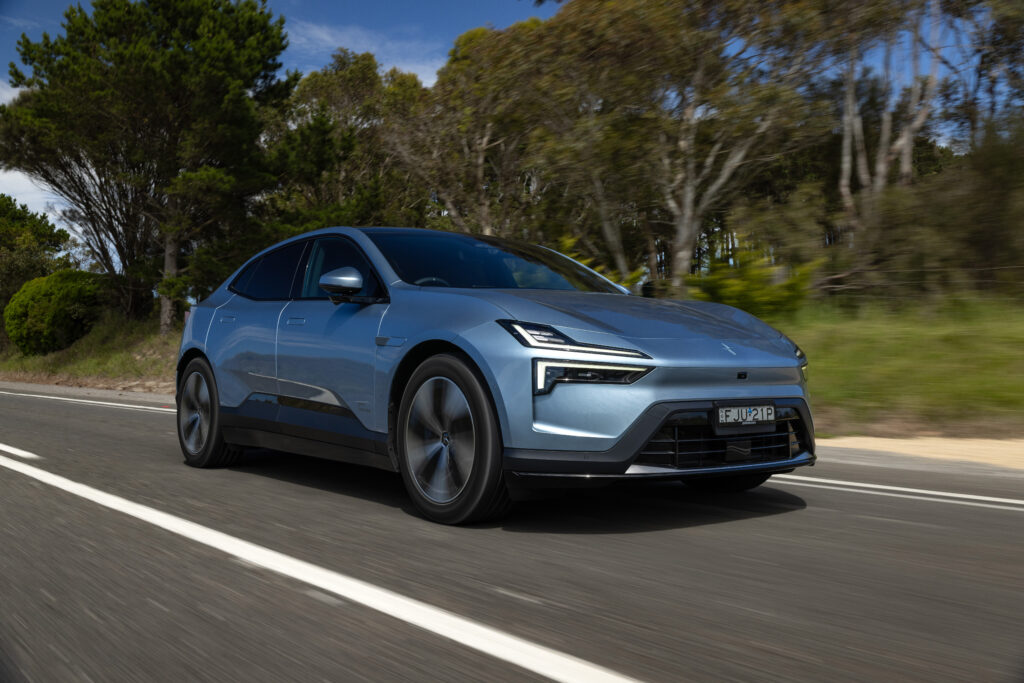
Unfortunately, this damper set-up is only available on the range-topping model and the Single Motor version does feel a bit crunchy and crashy, and even a bit louder when hitting bumps, particularly after switching from the more expensive and hugely more powerful variant.
I’d be interested to see what the Single Motor Long Range feels like in isolation, because that kind of direct comparison is never going to make the standard suspension feel good, but other than that failing I think I’d be happy enough with the entry level and its still quite reasonable levels of performance. It certainly doesn’t feel underdone, thanks to its typical EV torque delivery meaning you don’t lack of off-the-line zip or overtaking grunt.
Well, I say I’d be happy enough but what I mean is I would be if I wasn’t me and I wanted a family car that everyone in my family could drive without being scared witless. If I was buying a Polestar 4 myself I’d obviously want the full 400kW, even if it is, at times, damn near overwhelming in its outrageous punchiness.
While I complained, at first, about the steering being too light, I soon realised you could adjust this as well, through the touchscreen, and once I’d turned up the weighting of the wheel I actually found the Polestar 4 to be a competent and even entertaining drive though some very, very windy roads outside of Adelaide.

There’s no lack of driver involvement or acceleration and you really can switch effortlessly between cruisy family transport and wild sports car mode. What most impresses, however, is just how different the Polestar is in terms of look and feel, inside and out, from its obvious competitors.
It’s an attractive proposition, but would be a lot more so if it was cheaper, of course, which could be problematic as more quite-similarly styled Zeekrs and Geelys start to flood the market.
Still, I’d much rather have a Polestar 4, and stand out from the crowd, than join the many sheeples in their Teslas.
And if I was going to sit in the back and be driven everywhere, I’d definitely choose this one because it’s properly Polestar luxe back there.
POLESTAR 4: VERDICT
While the Polestar 4’s radical design and rear-end wackiness will divide opinions, I must say it grew on me, particularly if you look at it in any colour other than white. It’s a good thing to drive, feels high-tech and well made, although road noise and bump thump felt like an issue in the entry-level Single Motor version. But when you can have an extra motor, and double the kilowatts, for just $10K extra, why wouldn’t you?
Polestar 4 Long Range Single Motor
Price: $78,500, plus on-road costs
Motors: 1 rear, 200kW/343Nm
Battery capacity: 100kWh (94kWh usable)
AC charging: 11kW (22kW optional)
DC charging: 200kW (10-80 per cent charge in 30 minutes)
Range: 610km
Polestar 4 Long Range Dual Motor
Price: $88,350, plus on-road costs
Motors: 1 front, 1 rear, 400kW/686Nm
Battery capacity: 100kWh (94kWh usable)
AC charging: 11kW (22kW optional)
DC charging: 200kW (10-80 per cent charge in 30 minutes)
Range: 580km

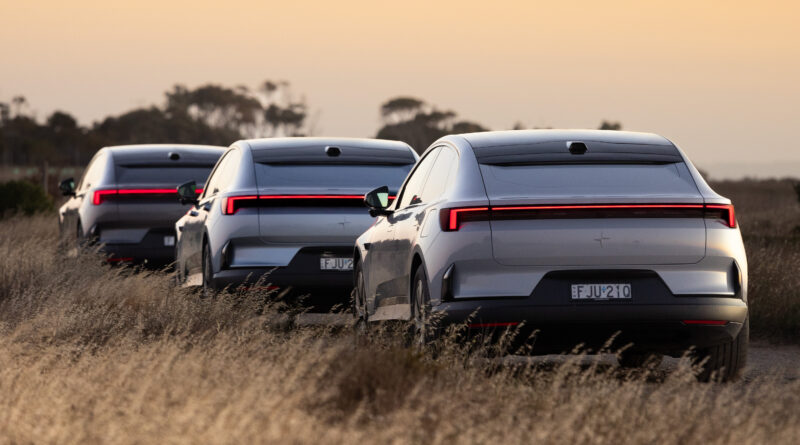
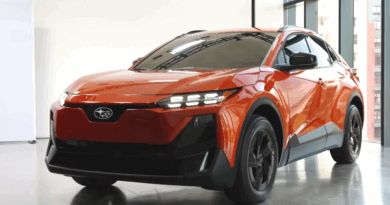
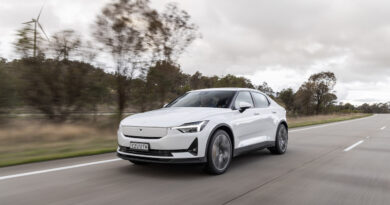
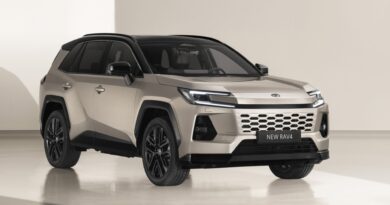
I guess you’d overpay massively to “stand out from the crowd than join the many sheeples in their Teslas” – there is a reason the Model Y was the best selling car on the planet in 2023.
If you want a base model with an acceptable stereo and matrix headlights you get virtually no change from $100k.Sure there may be some nice elements to the PS4 but it’s not worth $30,000 more than a long range model Y
Polestar are delusional if they think they are competing with Porsche – the Polestar brand sits below Volvo in the Geely stable.
Agree 100%.
Can not justify a new polestar at their pricing. It’s Chinese. Get on the discount train polestar, you need to cut 15k off the range.
The best selling car on the planet? Was the planet Mars?